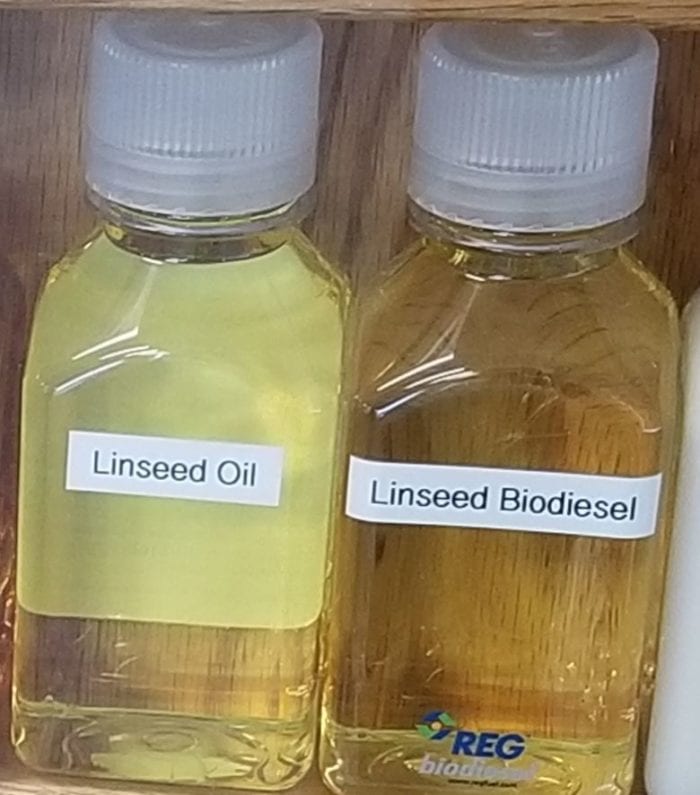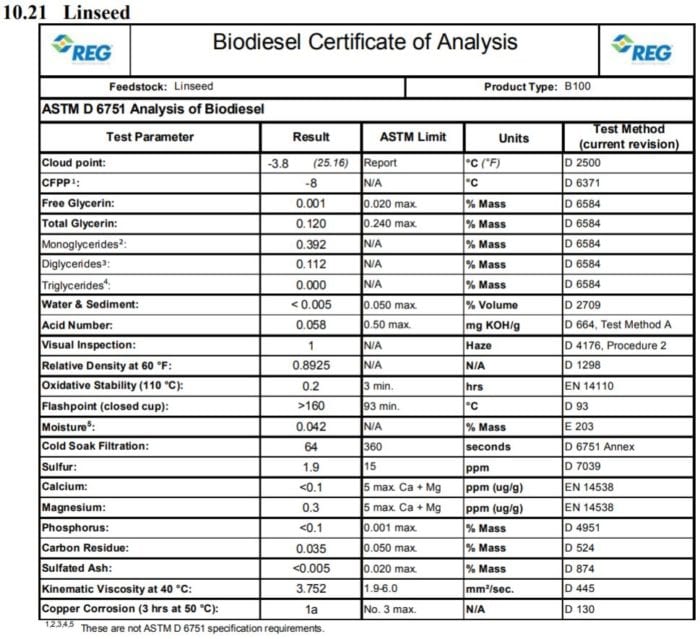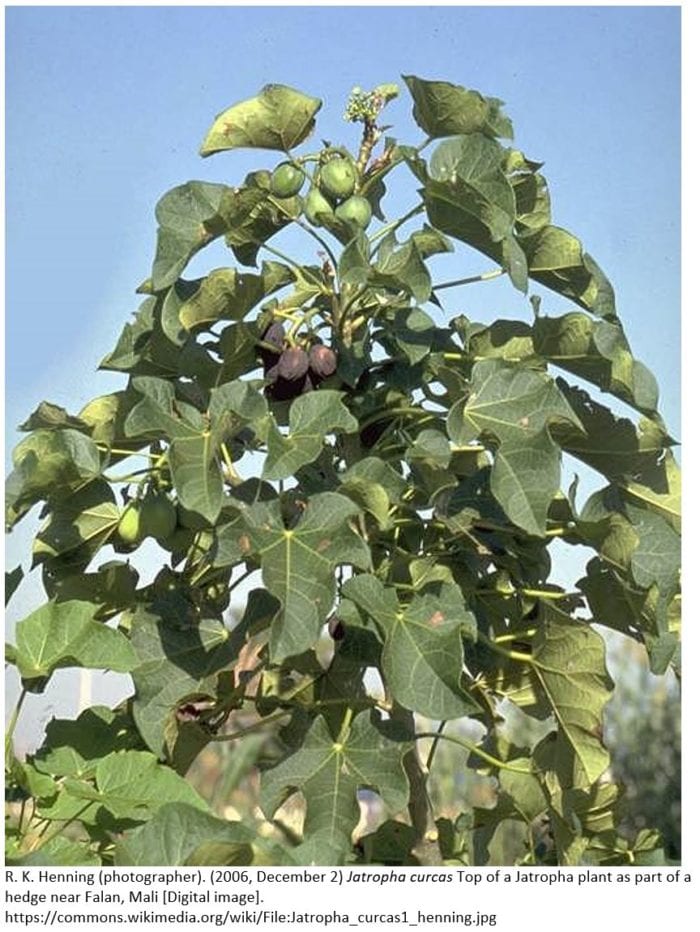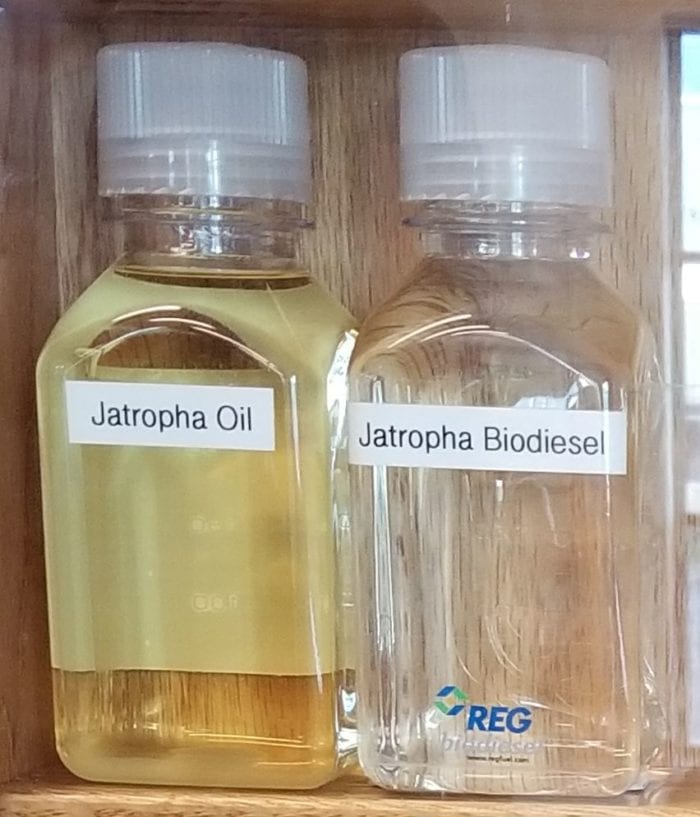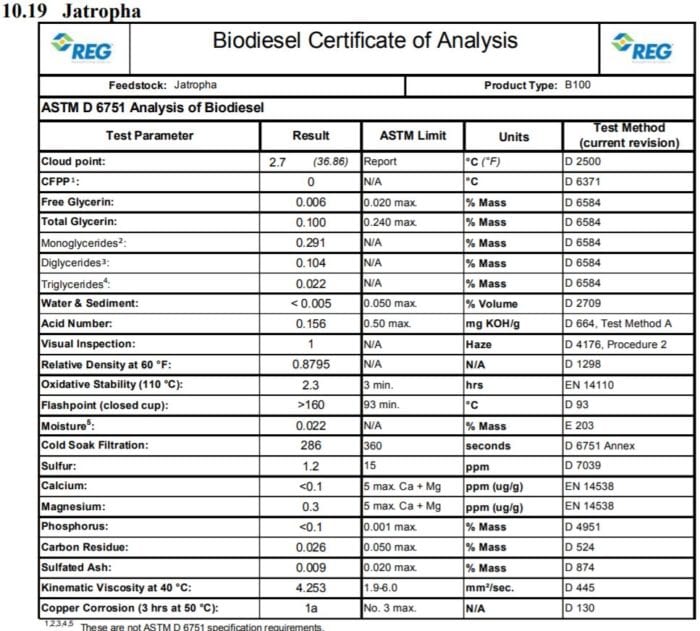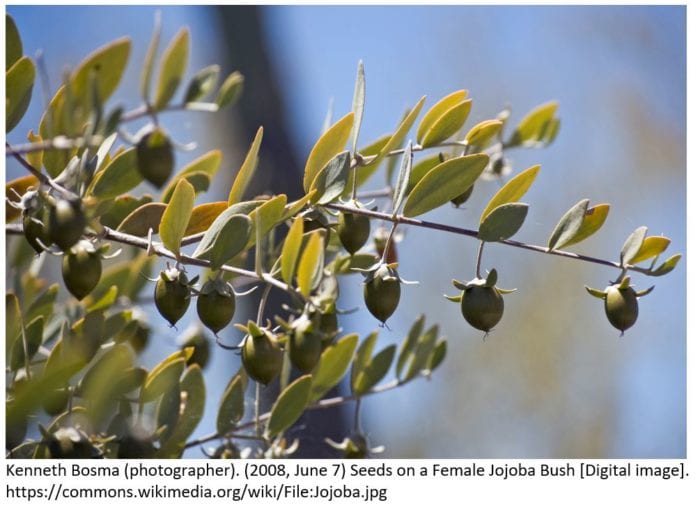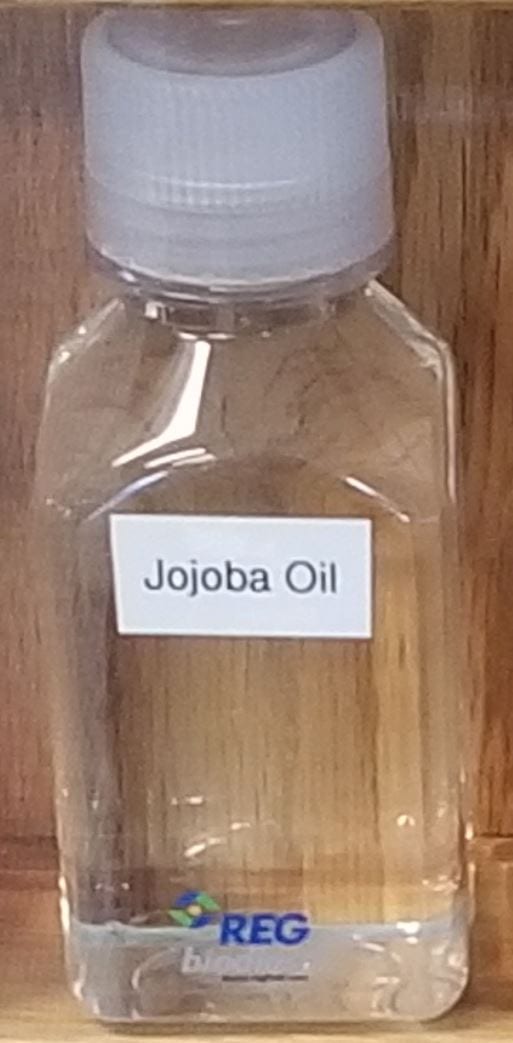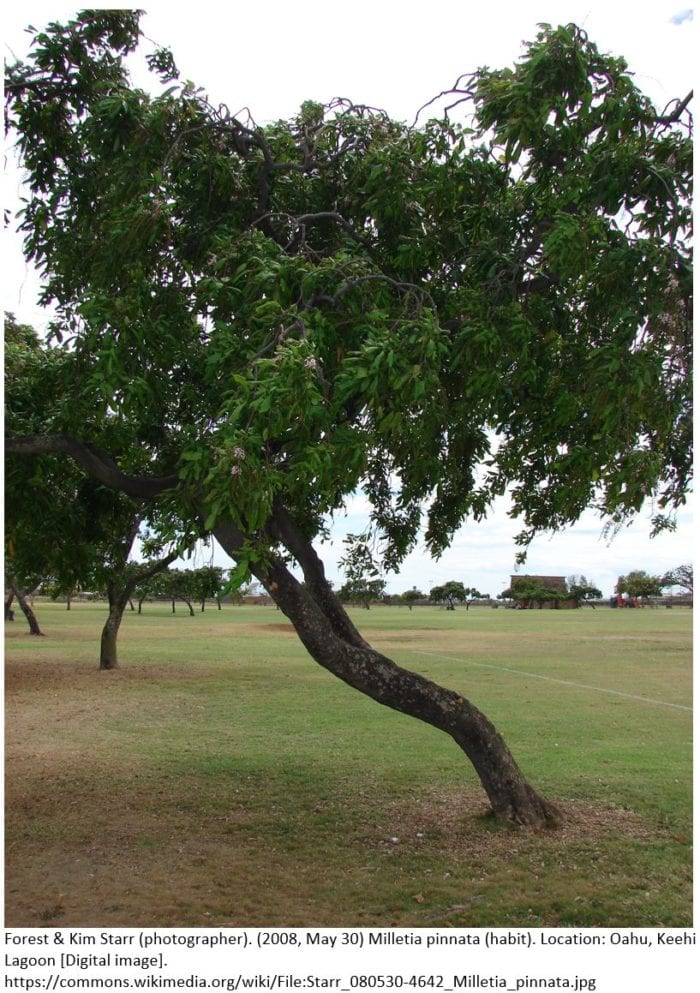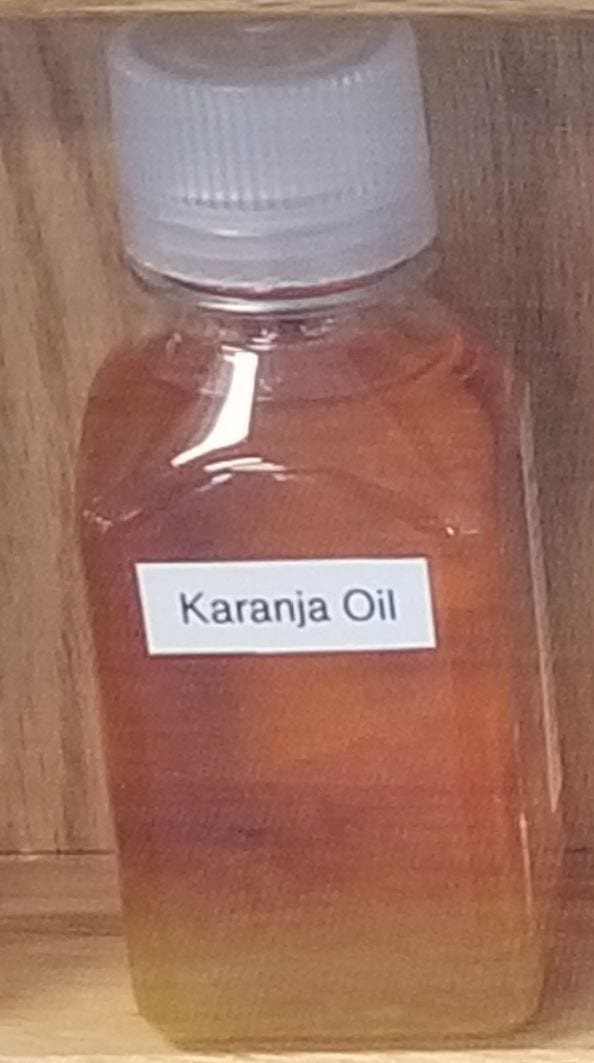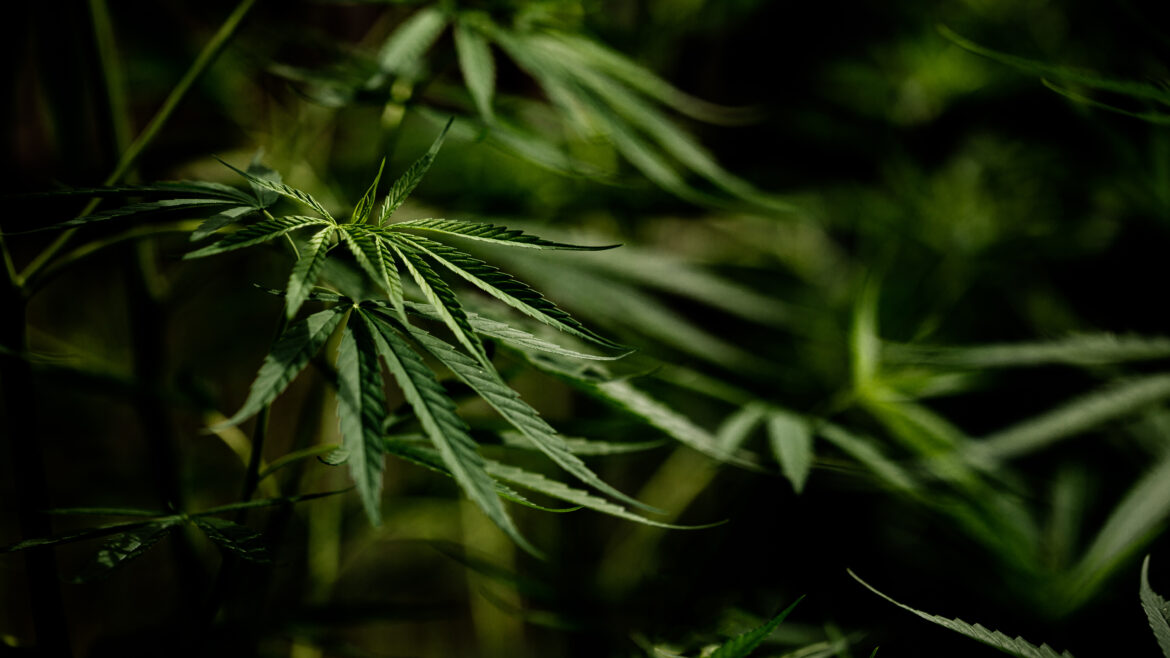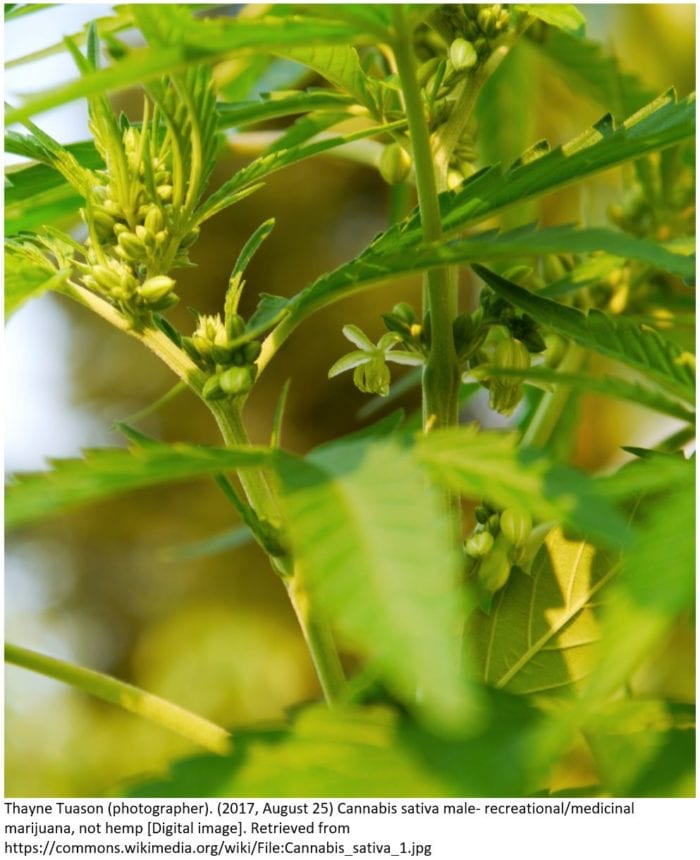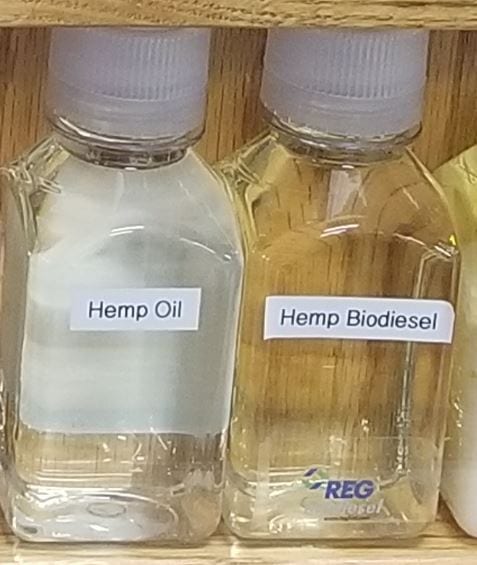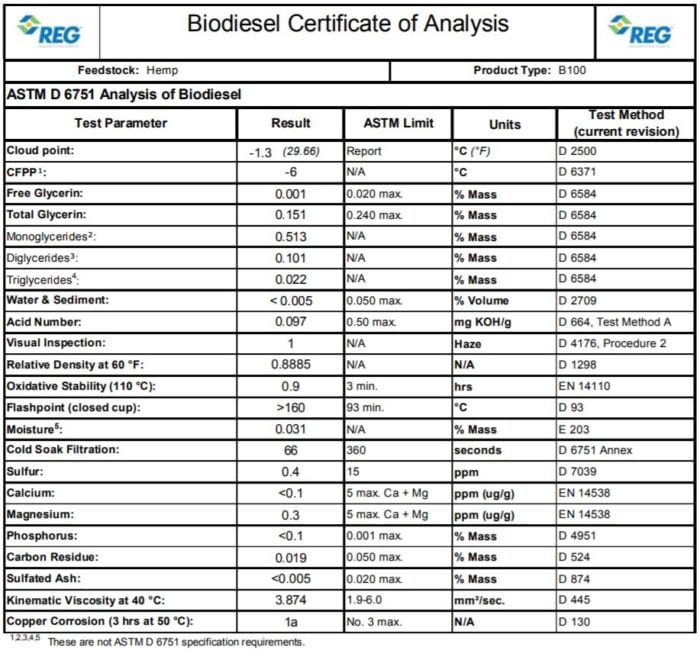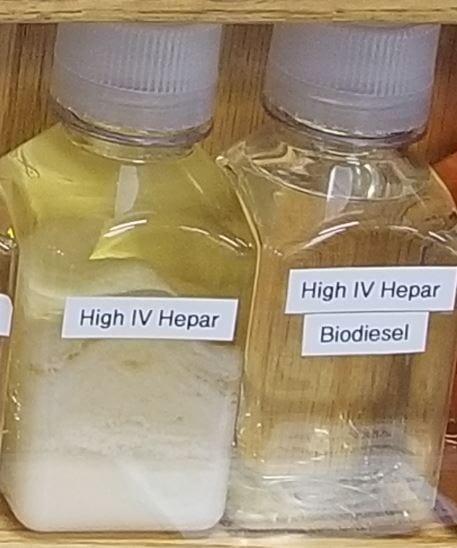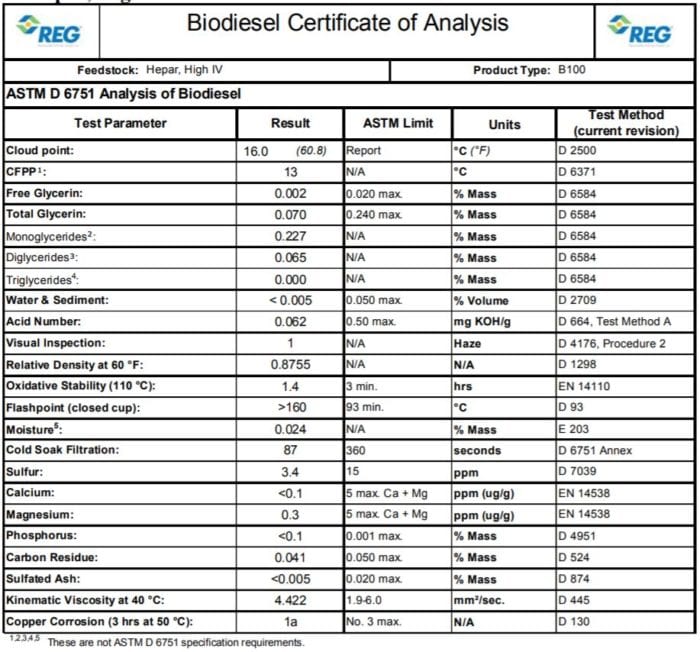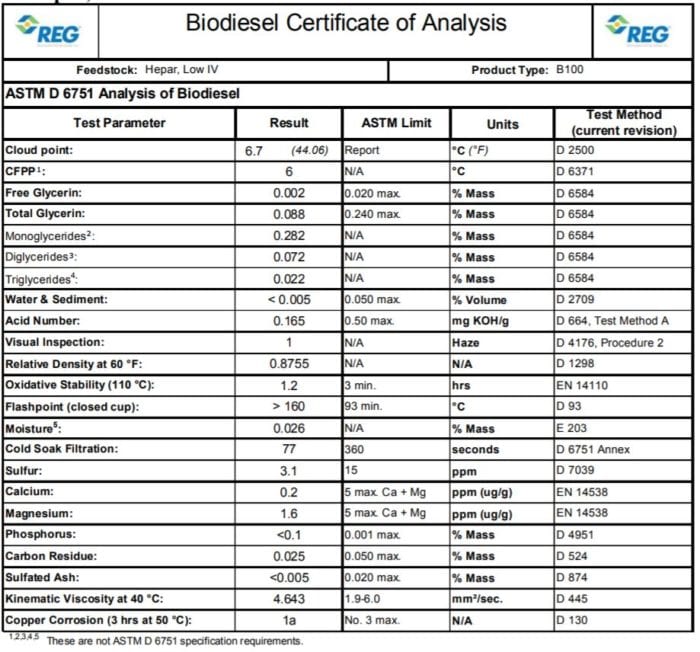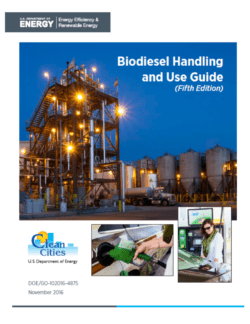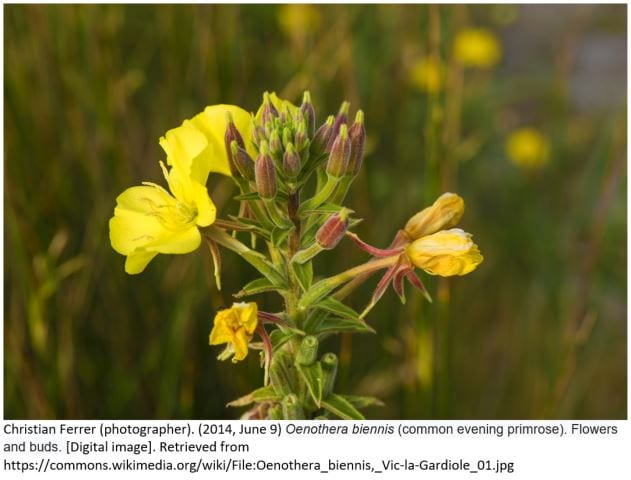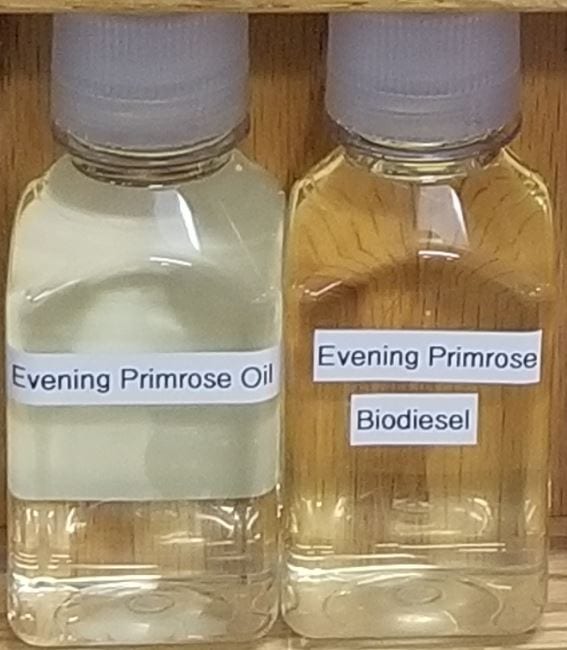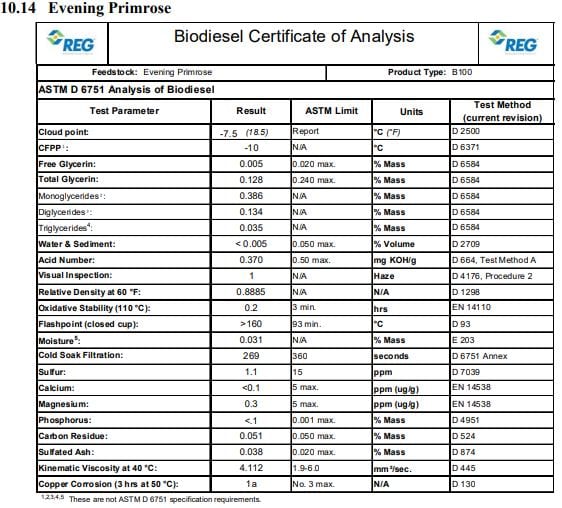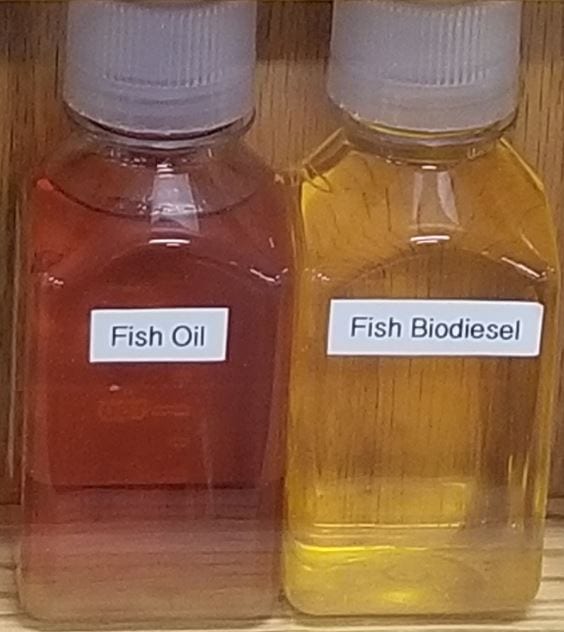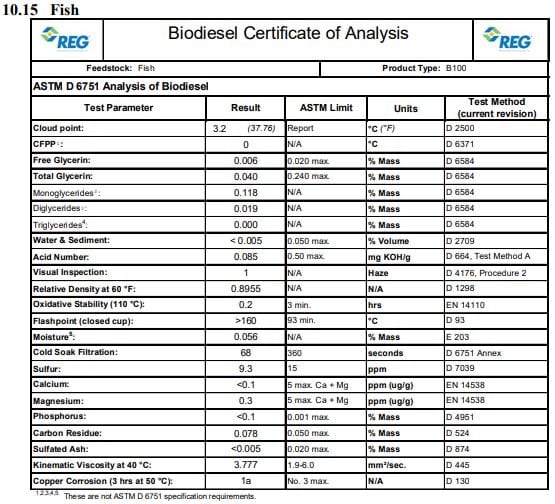Biodiesel Feedstocks – Poultry Fat & Rice Bran Oil
Looking further into biodiesel feedstock we continue with Poultry Fat and Rice Bran Oil in our deeper dive into the feedstocks that Renewable Energy Group (REG) studied in 2009 in the Feedstock and Biodiesel Characteristics Report. If you would like to see more you can read more here about the feedstocks we have examined in the past.
Poultry Fat
Rendering is the process of turning the left over animal products into fat or tallow. After the common parts of the animal are harvested the remaining parts are ground up and cooked. The oil and fat is then separated from the protein solids. Poultry fat, commonly made from chicken, 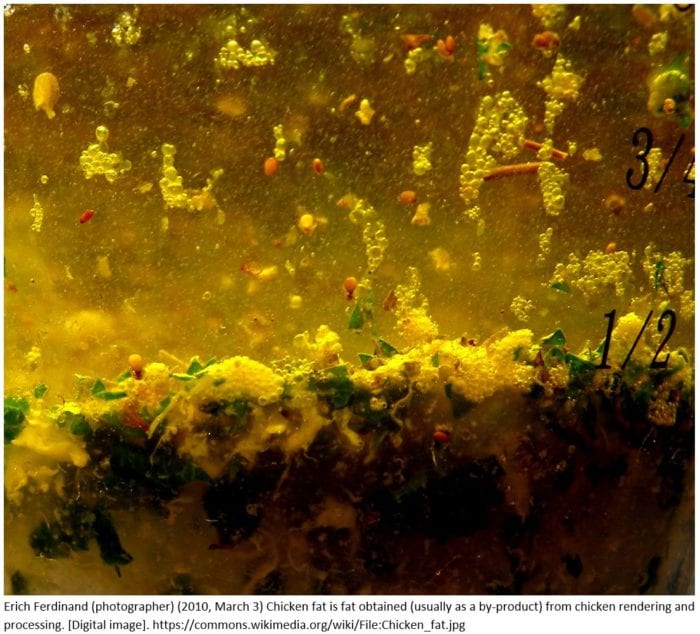 is different from other forms of fat and tallow. It tends to have less saturated fat. According to Farm Energy:
is different from other forms of fat and tallow. It tends to have less saturated fat. According to Farm Energy:
“Beef tallow and pork lard are typically about 40% saturated (sum of myristic, palmitic and stearic acids). Chicken fat is lower at about 30-33%. For comparison, soybean oil is about 14% saturated and canola oil is only 6%. Thus, tallow and lard are usually solid at room temperature and chicken fat, while usually still liquid, is very viscous and nearly solid.”
The high content of saturated fat can be a draw back for biodiesel produced from animal products. Beef Tallow in this study produced B100 (100% biodiesel) with a cloud point of 16° C or 60.8° F. The Poultry Fat B100 in this study had a cloud point of 6.1° C or 42.98° F, in comparison Soybean Oil B100 in the same study was 0.9° C or 33.62° F.
One of the benefits of using animal fats for biodiesel is a higher Cetane number. (Source) “cetane number is a measurement of the quality or performance of diesel fuel. The higher the number, the better the fuel burns within the engine of a vehicle.” Petroleum based fuels have a cetane number between 40 -44, soybean based biodiesel is between 48 – 52 and animal fat based biodiesel can have values over 60. (Source)
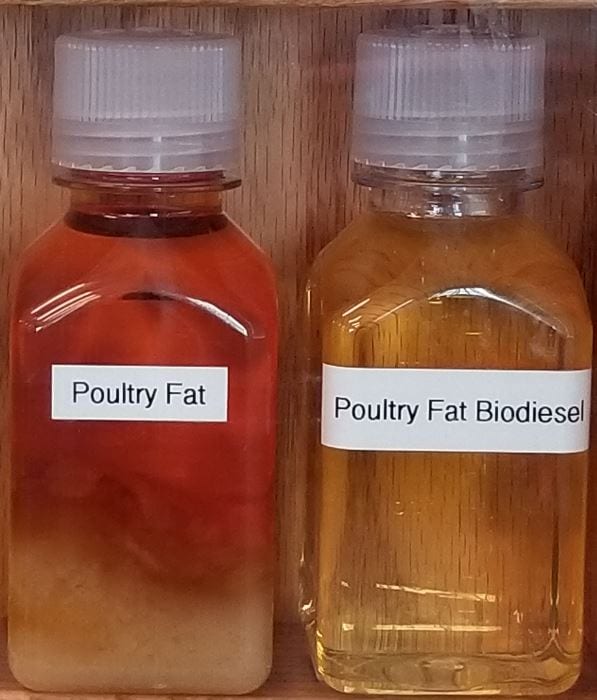
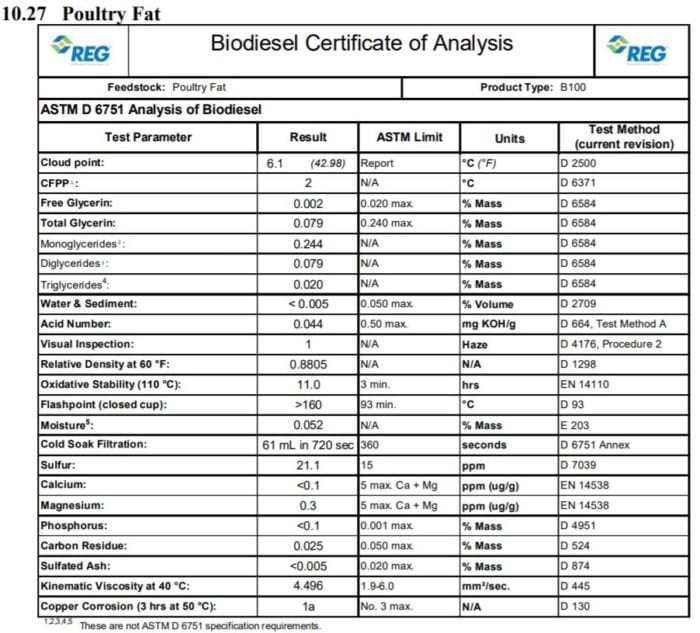
Rice Bran Oil
Rice bran oil is a vegetable oil which is greatly available in East Asia countries. It is a byproduct of rice processing, containing about 15-23% oil. The Rice Bran Oil that was used in this study was refined, bleached, deodorized, winterized (RBDW).
Rice bran oil is similar in make up to peanut oil made up of monounsaturated, polyunsaturated, and saturated fatty acids.
While the Oil is this study was considered non-edible, when processed in other ways the oil can be used in cooking and is popular for Asian countries such as Bangladesh, China, India and Japan.
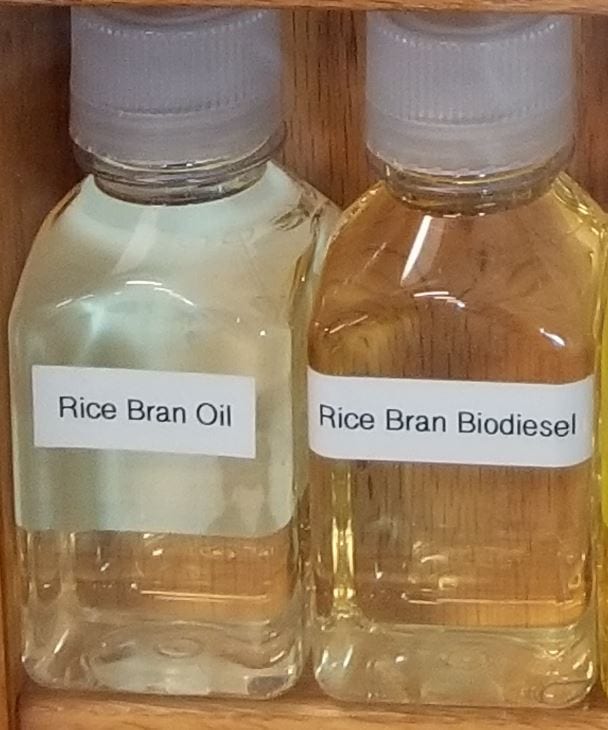
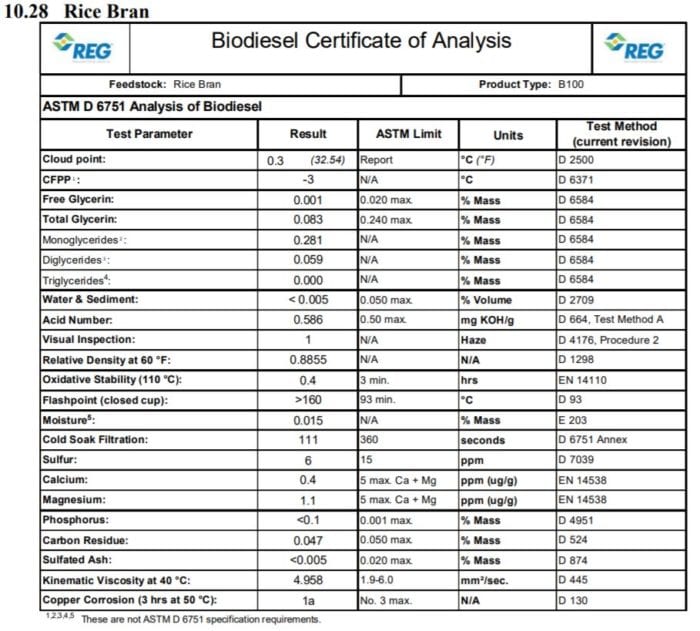
Last article for biodiesel feedstocks was – Palm Oil & Perilla Seed Oil


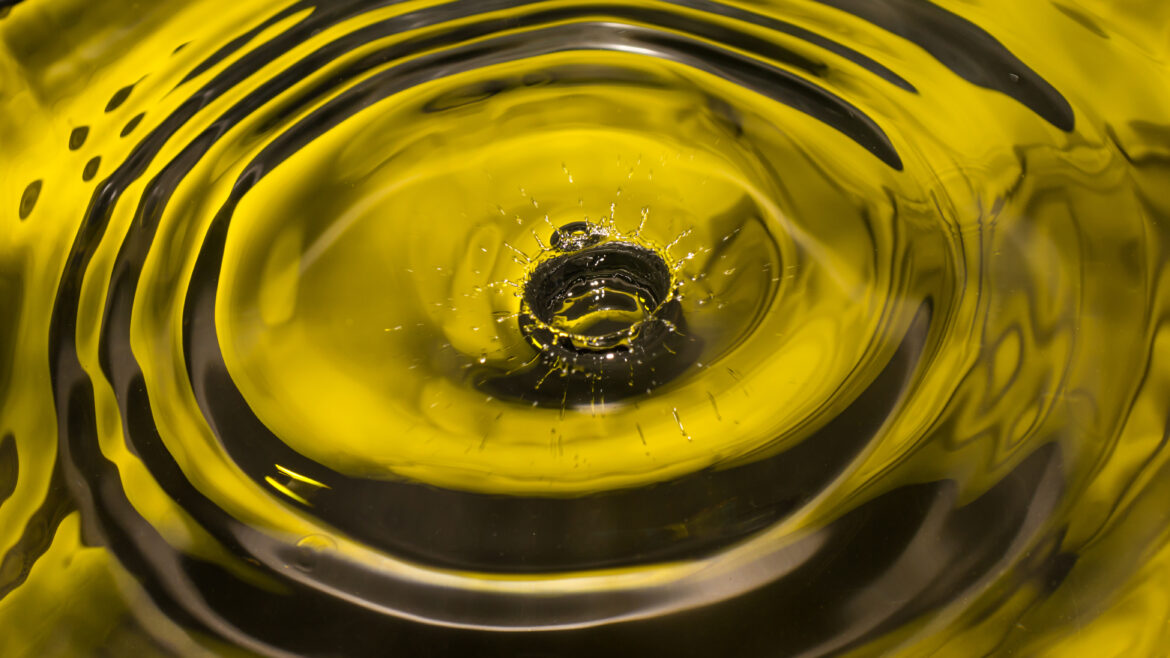
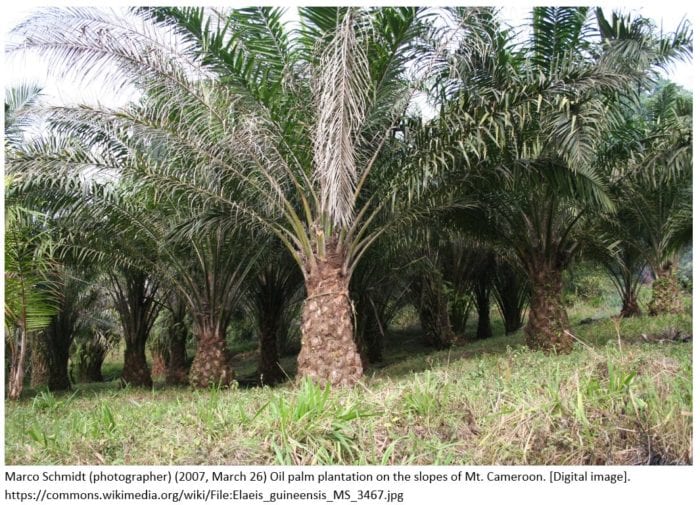
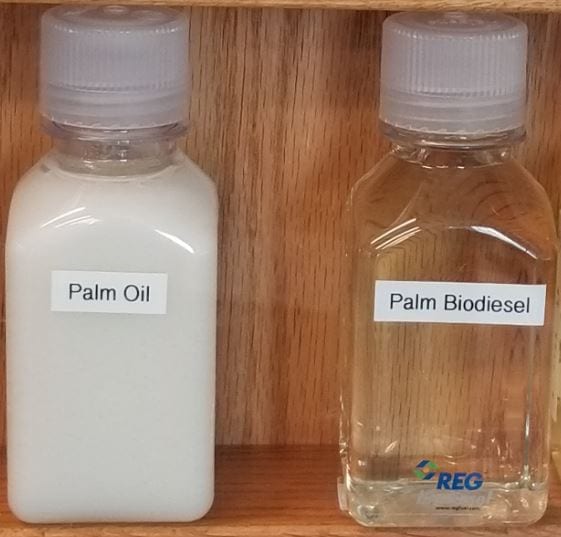
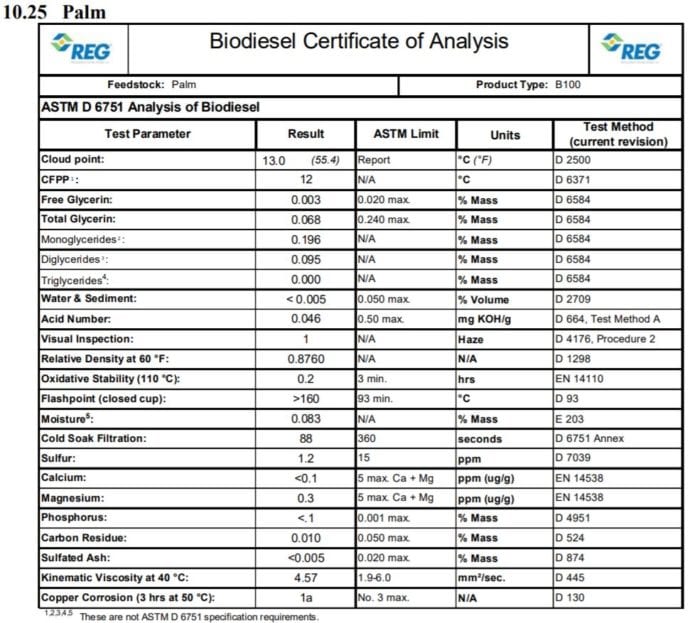
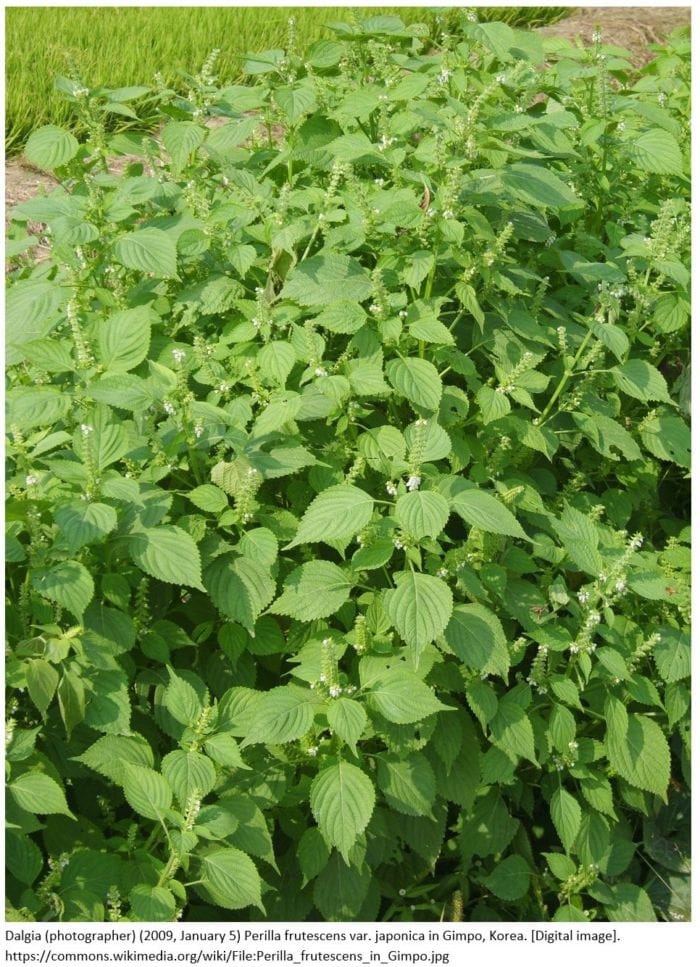 It is native to India and China in the mountainous regions and cultivated in China, Korea, Japan, and India. Introduced varieties of this plant are considered a weed in the United States and go by the common names Chinese basil, wild basil, perilla mint, beefsteak plant, purple perilla, wild coleus, blueweed, Joseph’s coat, and rattlesnake weed. This herb grows easily unattended, but is toxic for cattle and horses.
It is native to India and China in the mountainous regions and cultivated in China, Korea, Japan, and India. Introduced varieties of this plant are considered a weed in the United States and go by the common names Chinese basil, wild basil, perilla mint, beefsteak plant, purple perilla, wild coleus, blueweed, Joseph’s coat, and rattlesnake weed. This herb grows easily unattended, but is toxic for cattle and horses.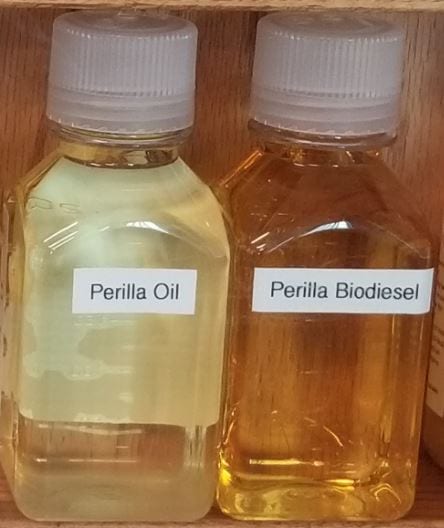
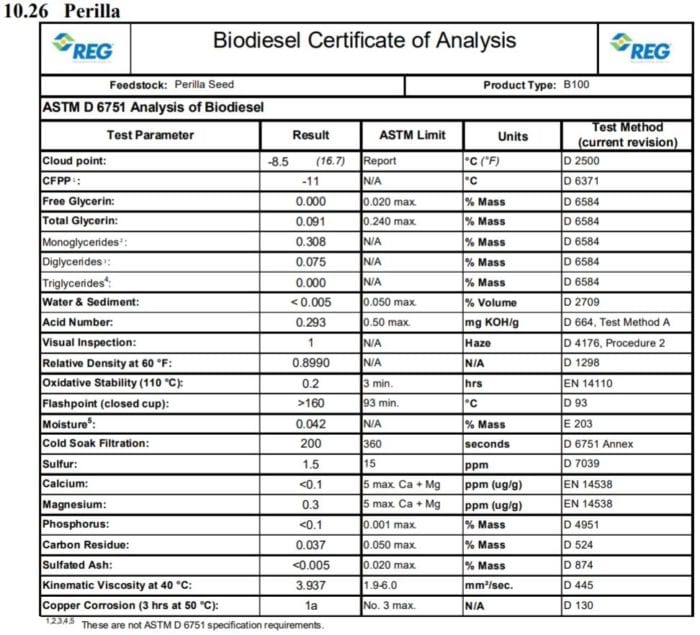

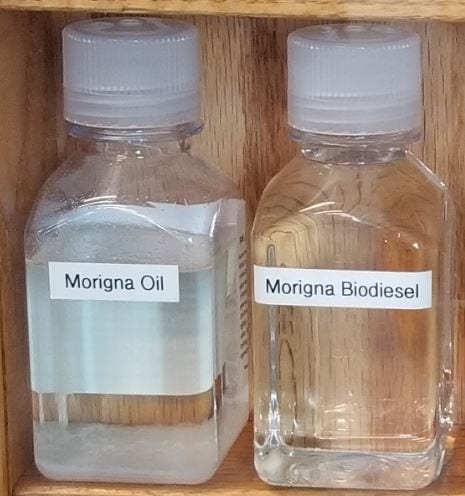
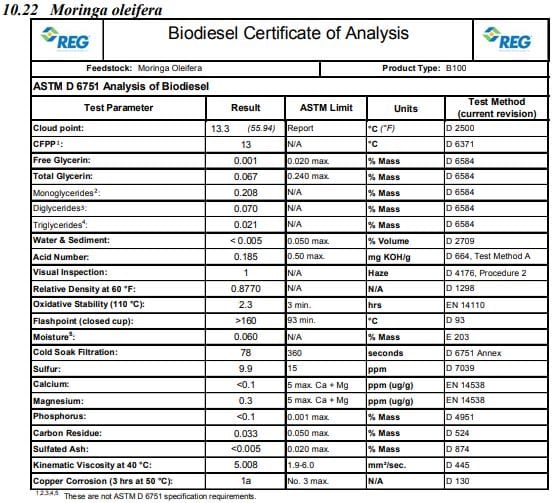
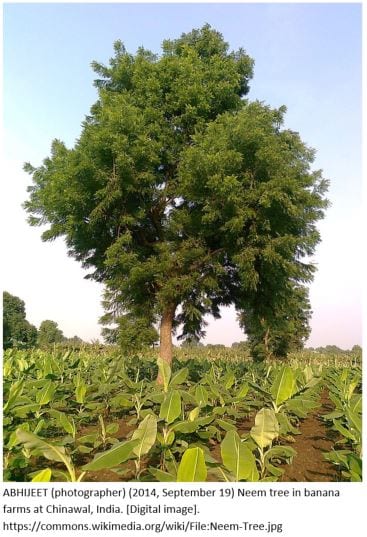
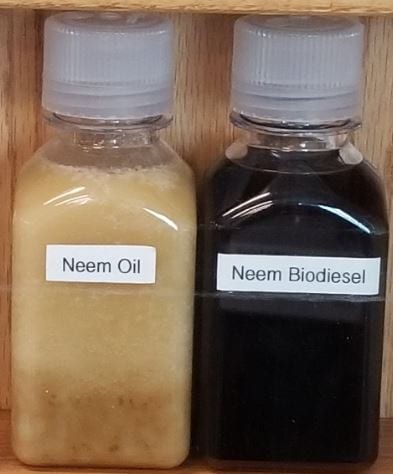
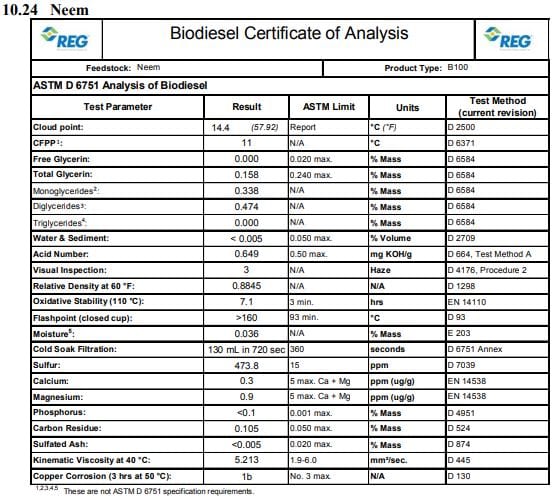
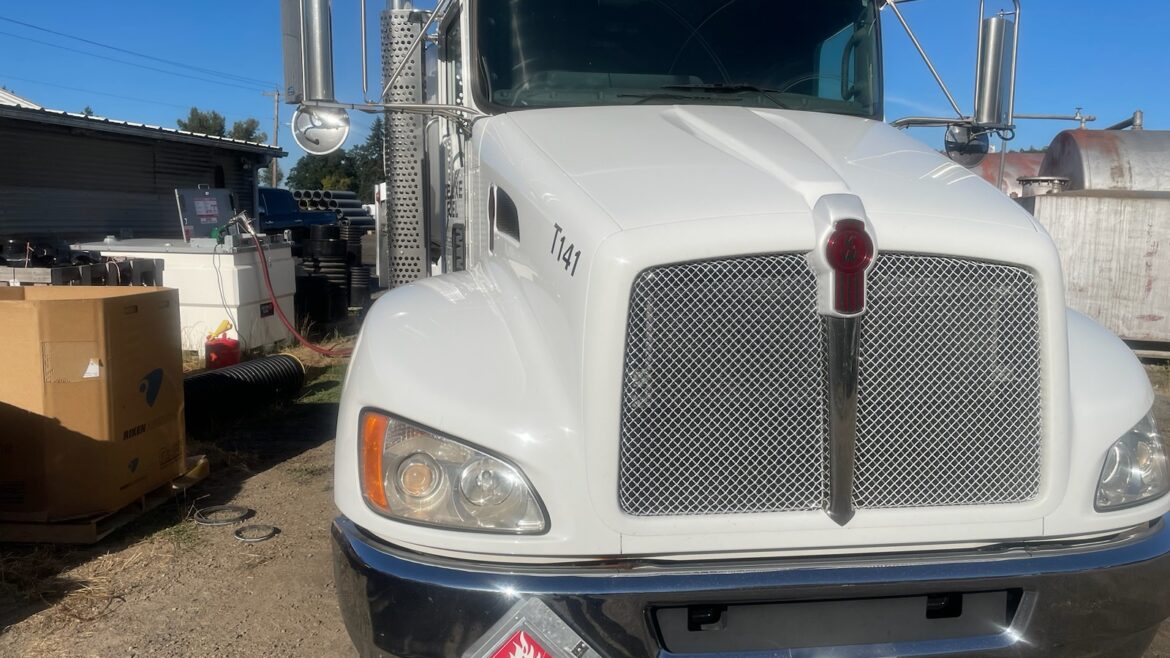

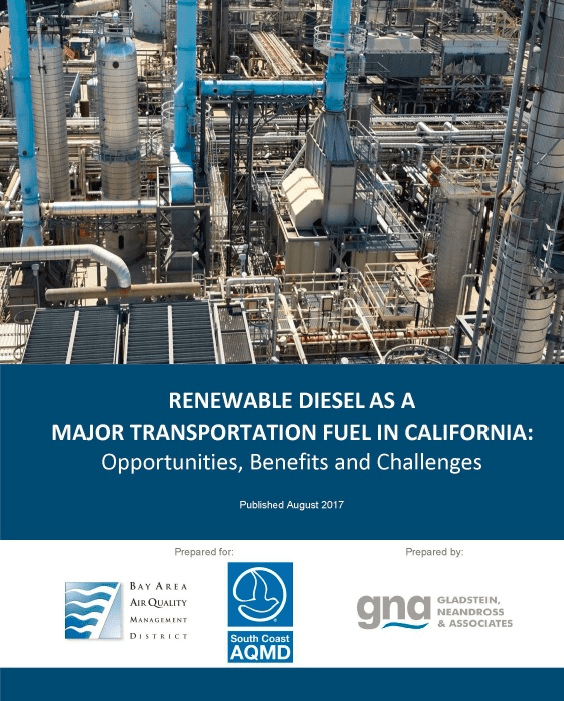

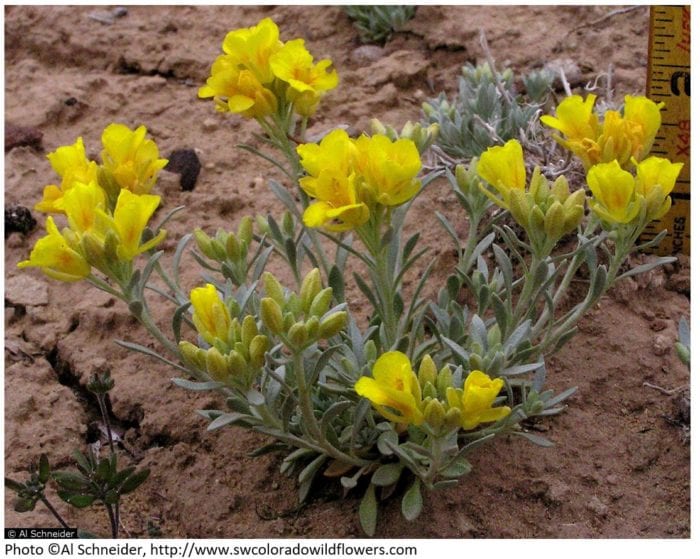
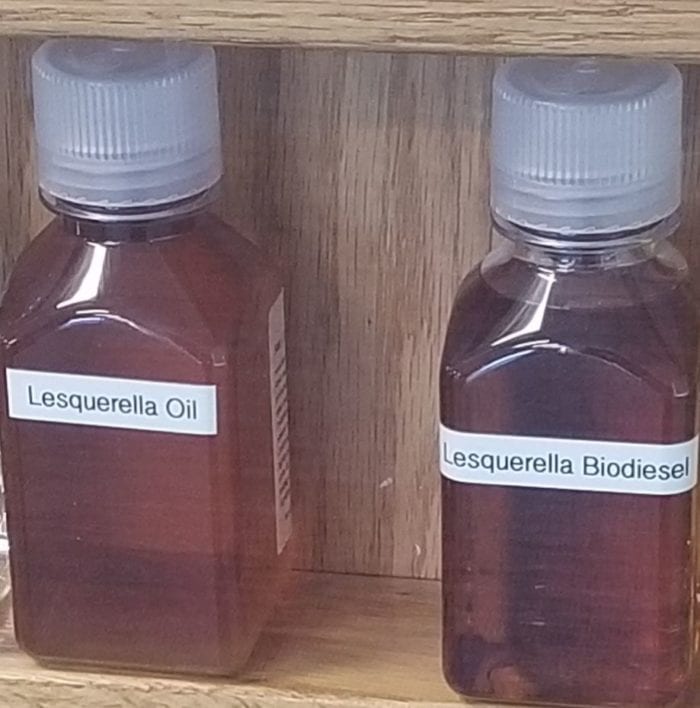
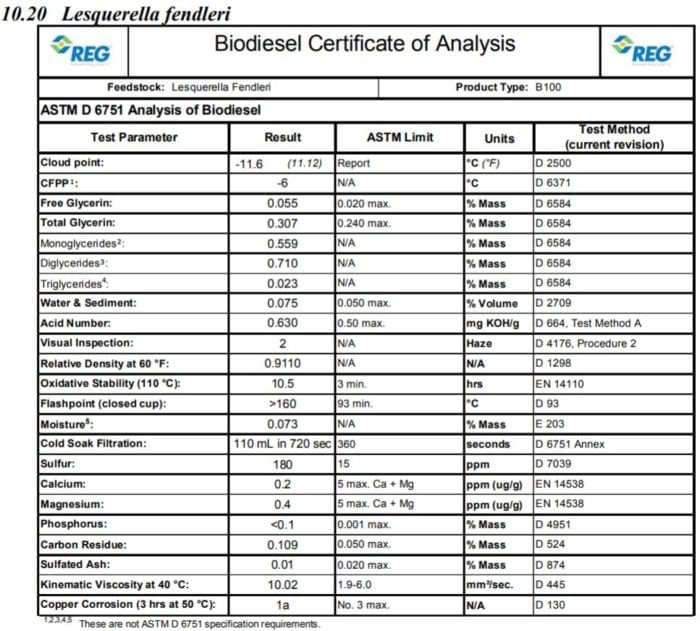
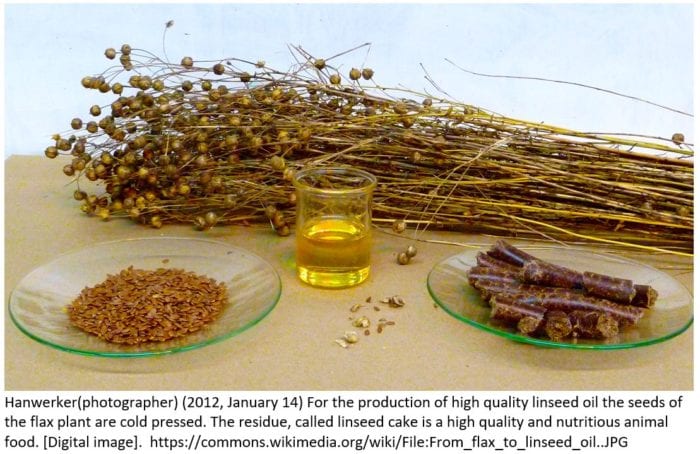 For example, it grows in Argentina, India, and Canada. Linseed oil has been traditionally used as a drying oil. According to
For example, it grows in Argentina, India, and Canada. Linseed oil has been traditionally used as a drying oil. According to 